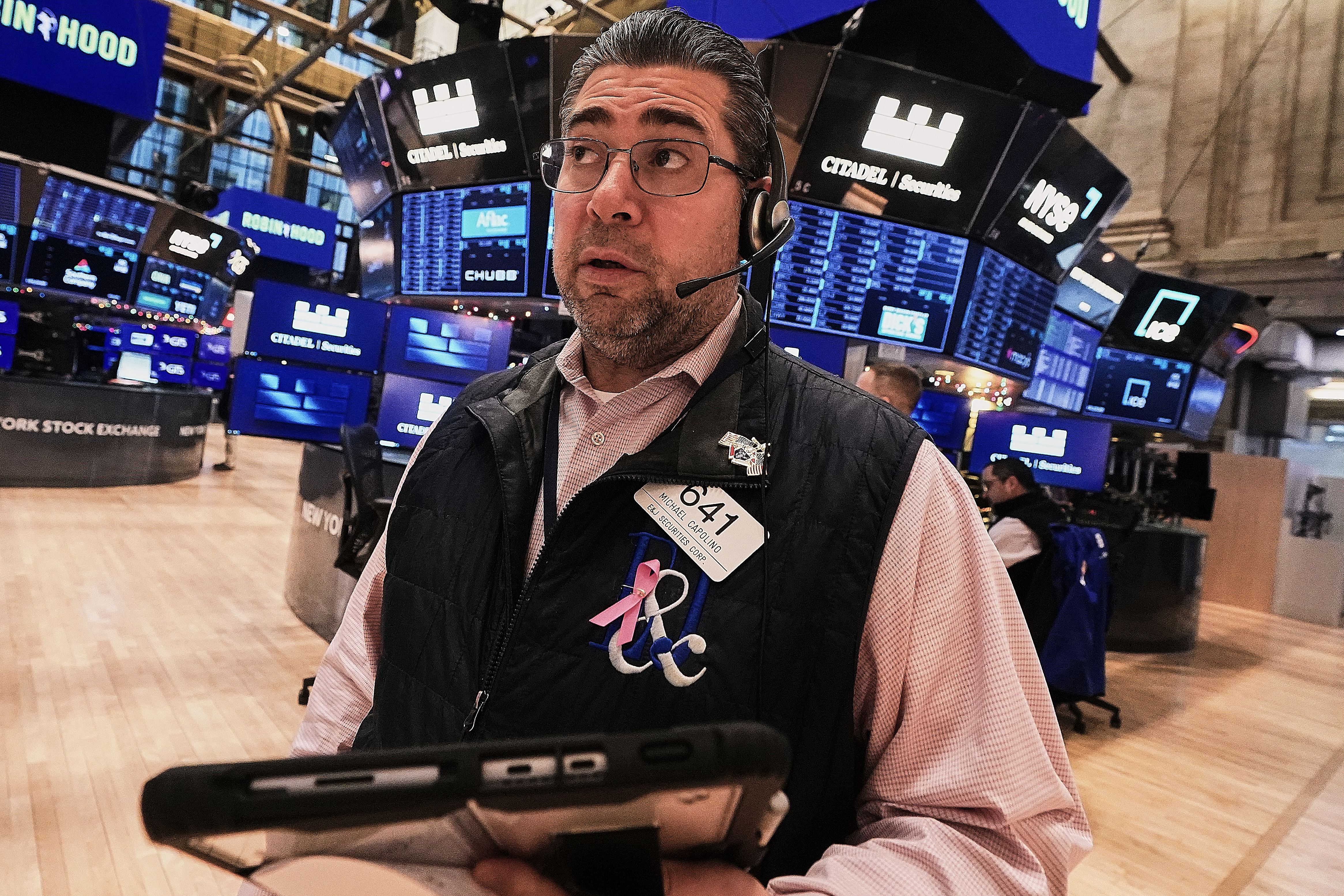While getting 1.5 to 2 cups of fruit and 2 to 3 cups of vegetables per day is important, the last thing you want to do is ingest a ton of pesticides along with them. Thankfully, the Environmental Working Group (EWG) recently released its 2023 Shopper’s Guide to Pesticides in Produce, which contains a "Dirty Dozen" list to help shoppers make informed choices.
The EWG is an organization that specializes in educating and protecting the public from exposure to toxins and pollutants. It releases its list every year, providing in-depth information about the dangers of pesticides and listing the produce items that they’ve found to be the most contaminated.
The Dirty Dozen list is based on data on non-organic pesticide use obtained from the U.S. Department of Agriculture and the Food and Drug Administration, and it is known to vary slightly. This year, data was gathered from 46,469 samples of 46 different fruits and vegetables. Within these samples, 12 fruits and vegetables were deemed to be the "most contaminated" with pesticides.
"Nearly 75% of non-organic fresh produce sold in the US contains residues of potentially harmful pesticides," the EWG’s 2023 report states. This is not only concerning to adults but also to children, who may be more vulnerable to adverse health effects from ingesting pesticides.
According to EWG’s website, its methodology for measuring contamination involves calculating the percentage of samples with one or more detectable pesticides, measuring the total number of pesticides found on a crop and more.
The top spot on this year’s Dirty Dozen list belongs to strawberries, followed by spinach, and kale, collard and mustard greens (the three leafy greens were grouped together). Next up were peaches, pears, nectarines, apples, grapes, peppers (bell peppers and hot peppers) and cherries. New to the list this year were blueberries and green beans, which fell at Nos. 11 and 12 on the list respectively.
How to lower your exposure to pesticides
Healthy eaters take note! Don’t, by any means, take this information as a reason to not consume fruits and vegetables, even if they do appear on the Dirty Dozen list. There are still huge health benefits to eating a rainbow of fruits and vegetables which outweighs the risks of toxin exposure.
There are a few ways to go about shopping for produce while keeping the Dirty Dozen list at the top of your mind. For starters, you could choose only organic produce if your budget allows. Another option is to choose the organic version of the Dirty Dozen contenders. An easy way to reduce the consumption of residual pesticides is to think about how the crop is grown before purchasing. Produce that needs to be peeled, like oranges, avocados and bananas, is often fine to buy when conventionally grown since the exterior of the food is removed before eating.
The FDA recommends washing your hands with warm soap and water for 20 seconds before and after preparing produce, and cutting away any damaged or bruised sections before consuming. The FDA also recommends gently rubbing and rinsing produce before peeling without the use of any added soap or produce wash. Removing the outermost leaves of lettuce or cabbage may also be beneficial.
A promising study from the University of Massachusetts, Amherst, also showed that baking soda may clean fruit better than rinsing and scrubbing alone. While the conventional apples you bring home from the market are already washed, there may still be a small amount of lingering pesticides. The study found that submerging apples in a solution of water and baking soda for two minutes removed more pesticides than rinsing with tap water for two minutes, although it took 12 to 15 minutes of soaking in the baking soda solution to eliminate pesticides altogether.
Whether you are opting for organic or conventional fruits and veggies, produce is a necessary part of a healthy diet. These lists are meant to help consumers determine what choices make the most sense for themselves and their families.
This story originally appeared on Simplemost.









